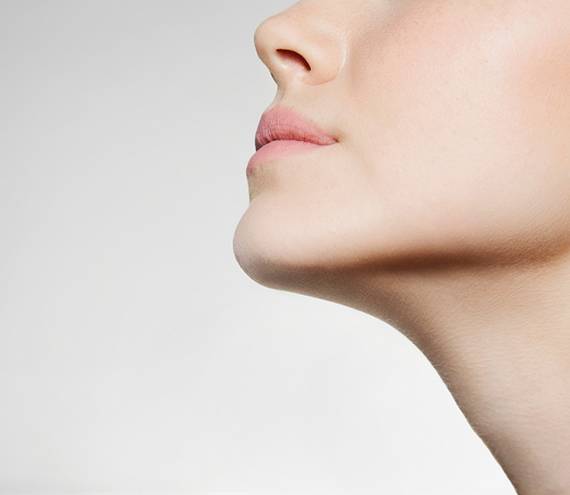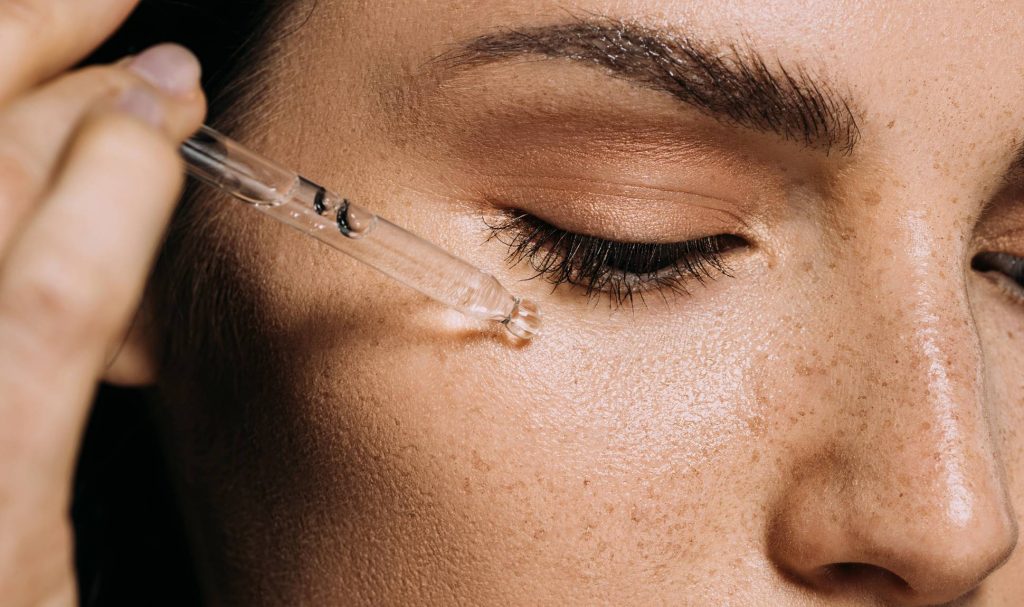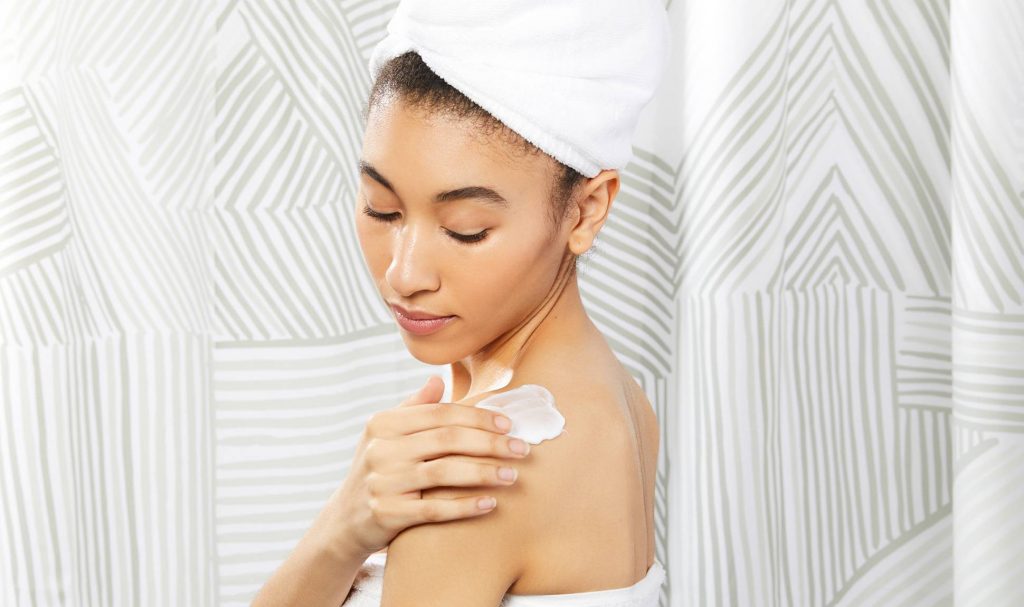Breakouts can be difficult to deal with no matter where they crop up, but there’s something about chin acne that’s increasingly frustrating. Perhaps it’s the fact that chin pimples seem to always come back, or the fact that they’re localized below your mouth and around your jawline. No matter the reason, it’s safe to say you’d like to get your chin acne in check once and for all. For help, we tapped plastic surgeon, SkinCeuticals ambassador, and Skincare.com consultant Dr. Peter Schmid. Read on for details on what causes chin acne and how you can help get rid of it!
WHAT CAUSES CHIN ACNE?
According to Dr. Schmid, chin acne can be the result of numerous factors. These can include certain medications, diet, alcohol, stress, allergies, environmental conditions, sleep deprivation, poor skin hygiene, habitual skin rubbing or hand resting, and more. One of the most common contributors to chin acne, however, are hormonal shifts or imbalances.
Hormonal fluctuations can occur for a number of different reasons, and—yes—your monthly period can be to blame. “The hormonal fluctuations caused by menstrual cycles are a common cause of chin acne,” Dr. Schmid says. To get more scientific, androgens—the male hormones present in both men and women—can stimulate the oil or sebaceous gland to over-produce sebum. “Sebum, combined with excess skin cells, creates a perfect oxygen-free environment for bacteria to thrive in the follicle/pore, leading to inflammation, which ultimately creates acne pimples, nodules or cysts,” Dr. Schmid explains.
HOW TO GET RID OF CHIN ACNE
Even though pimples in this case are localized around the chin, they’re addressed in a very similar fashion to breakouts that occur elsewhere on the face. “Practical skin care should begin with proper hand and facial skin cleansing with gentle cleansers,” Dr. Schmid says. “Diet, lifestyle, or environmental modifications should be a consideration as well.” Dr. Schmid also recommends products formulated with benzoyl peroxide to help reduce the number of acne pimples, and/or products formulated with salicylic acid for the management of acne. “I recommend SkinCeuticals Blemish + Age Defense, applied once a day to the affected area on existing breakouts or just before you expect a breakout (i.e. monthly hormonal fluctuations),” he says.
Pay a visit to your dermatologist if you’re not seeing the results you’re looking for after six to eight weeks. “Resilient infected acne lesions may require medical consultation and prescription-strength acne treatment such as topical antibacterial or antifungal creams, oral antibiotics, retinoids or hormone therapy,” Dr. Schmid says. Your dermatologist may also suggest procedures to open and unclog the pores, certain exfoliators, hydrafacials, chemical peels, light therapy, and/or a laser treatment for acne-prone skin.
Editor’s note: If you’re pregnant and dealing with chin acne as a result of fluctuating hormones, pay a visit to your skin care provider. Many acne-fighting products and ingredients are not recommended for use by pregnant women. Benzoyl peroxide should also be avoided by sensitive skin types, and unnecessary sun exposure should be avoided when using products formulated with the ingredient. Always pair acne-fighting ingredients with a broad-spectrum sunscreen during daytime hours.
HOW TO PREVENT CHIN ACNE
Getting your chin acne under control is often priority #1, but in order to keep future breakouts at bay, a prevention plan deserves equal attention.
1. Cleanse your skin twice daily: It’s the first step of every skin care routine for a reason! Keep dirt, oil, and impurities off your skin’s surface by cleansing your skin twice daily with a gentle cleanser.
2. Use non-comedogenic products: If your skin is prone to breakouts that you just can’t curb, look to your skin care products and cosmetics. Swap them out in favor of formulas that are labeled as non-comedogenic. These products won’t clog pores.
3. Don’t touch your face: Do you have a habit of resting your chin on your hand while sitting at your desk? This can transfer bacteria and germs to your chin area, which—as you can imagine—can wreak havoc. Avoid touching your skin altogether, and be wary of chin-strapped helmets and headgear, or clothing that rubs the jawline.
4. Be careful when shaving: Improper shaving techniques can cause unwanted breakouts on your chin. When shaving, Dr. Schmid recommends gently gliding the razor in a downward motion to remove hair. Prior to getting started, prep your skin with shaving cream, which can help reduce the risk of nicks, cuts and irritation. When your razor blade starts to get dull, swap it out immediately. Better yet? Swap your standard razor for an electric razor when necessary, Dr. Schmid advises.
No matter what you do, avoid popping pimples on your chin or elsewhere. “Never pick or extract a pimple yourself!” Dr. Schmid says. “This can lead to infection and the potential for a lifetime with a permanent scar.”




